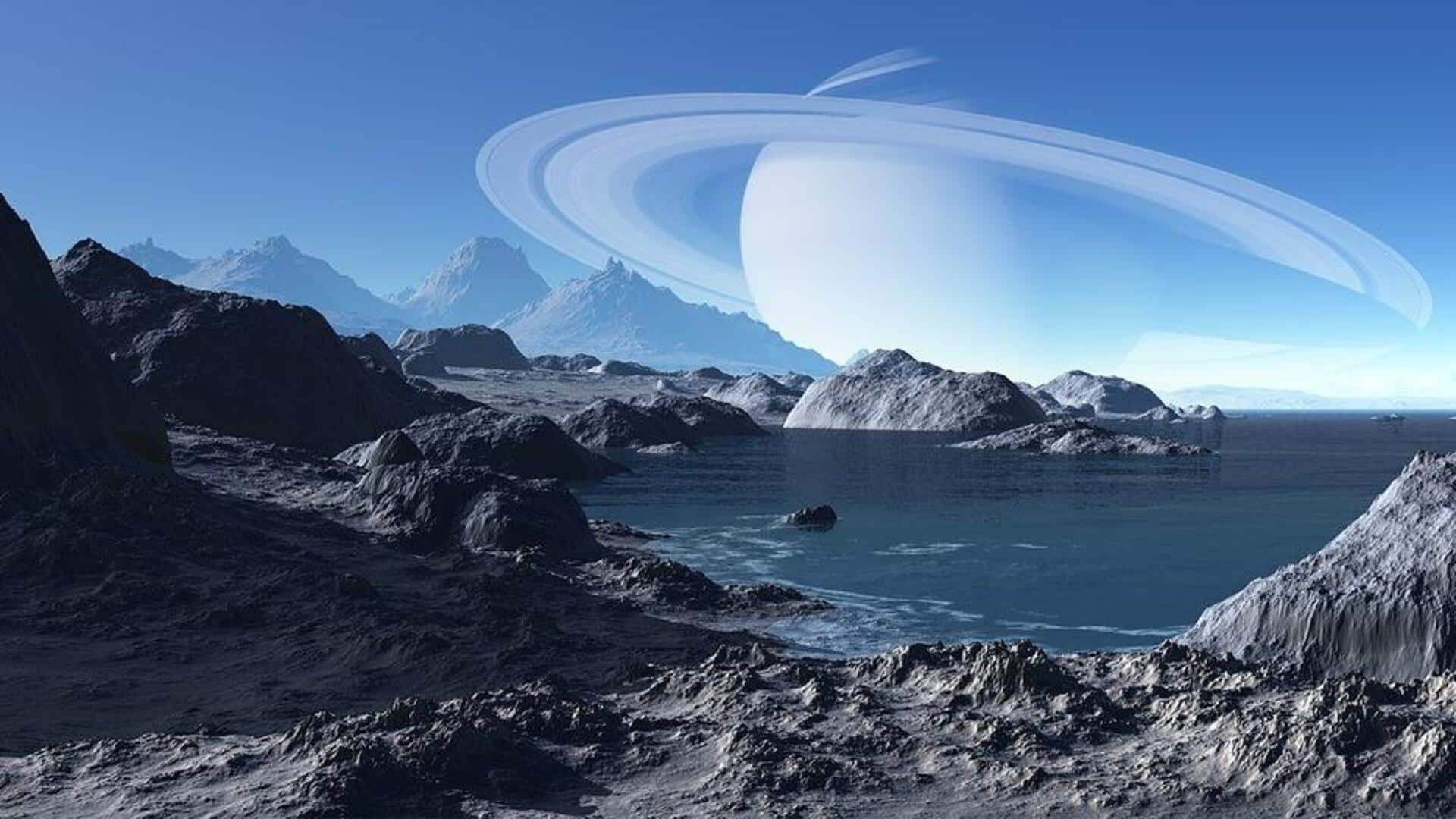
Research finds a mysterious hidden ocean within the Solar System
What's the story
Recent observations from the James Webb Space Telescope (JWST) suggest a potential subsurface ocean on Ariel, one of Uranus' five moons.
The JWST detected significant amounts of carbon dioxide (CO2) ice on Ariel's surface, particularly on the trailing hemisphere.
This discovery has surprised astronomers as carbon dioxide is not expected to freeze at the average distance of the Uranian system from the Sun, which is 2.9 billion kilometers away.
Features explored
Ariel's icy surface and geological features
Ariel, discovered in 1851 by William Lassell, is known for its icy surface and diverse geological features.
These include canyons, ridges, faults, and valleys primarily driven by tectonic activity and cryovolcanism — eruption of liquid or gases.
This process leads to constant resurfacing and gives Ariel the brightest surface among all Uranus' moons.
The presence of CO2 ice on Ariel's surface was previously attributed to radiolysis - a process where molecules are broken down through ionization.
Hypothesis
New study suggests subsurface ocean on Ariel
A study published in The Astrophysical Journal Letters proposes an alternative explanation for the presence of CO2 ice on Ariel's surface.
The study suggests that the carbon dioxide molecules may be expelled from a subsurface liquid ocean on Ariel.
A team of astronomers used JWST for spectral analysis of Ariel and compared the results with lab-based findings.
The analysis revealed that Ariel has some of the most CO2-rich deposits in the solar system.
Exploration
Future space mission required
To confirm the existence of a subsurface ocean on Ariel, a space mission to Uranus is required.
Such a mission would likely explore Uranus' moons, including Ariel, which is covered in fissures, canyons, and grooves suspected to be openings to its interior.
A robotic explorer could uncover the origin of the carbon oxides on Ariel.
Without such a mission, our understanding remains limited as NASA's Voyager 2 only imaged around 35% of the Ariel's surface.